1. A brief introduction to the Da Nang Museum of Cham Sculpture
Come to Da Nang to go back in time to find the unique Cham culture (Photo source: Collected)
The full name of the Da Nang Museum of Cham Sculpture is the Museum of Cham Sculpture, commonly known as the Cham Ancient Institute. The museum officially opened in 1919 and is the largest display of Cham cultural artifacts today. The scale of the museum is up to 6,673 square meters with 2,000 square meters of exhibition area.
Coming here, visitors will have the opportunity to explore the history of the ancient Champa kingdom, learn about the unique art of Cham sculpture. In addition to precious artifacts, the museum also has documents and pictures related to Cham culture and many other cultures. Coming here, visitors have the opportunity to explore the ancient prosperous Champa kingdom with its historical and cultural values and the unique art of Cham sculpture.
2. Interesting experiences only available at Cham Museum
Unique architecture of Cham Museum (Photo source: Collected)
For those who love to explore and learn about ethnic culture, especially the Cham people, the Cham Museum is the top destination. Known as the largest museum in Vietnam, it plays an important role in preserving cultural heritage values. Therefore, when you come to the Cham Museum, you will definitely have a wonderful experience.
Admire unique architecture and thousands of precious antiques
The Da Nang Museum of Cham Sculpture is a unique combination of ancient Champa and European Gothic architectural styles designed by two French architects. The most prominent feature of this museum is the arched roof with pointed peaks. The galleries have many windows to maximize natural light, further enhancing the artifacts.
When you come here, you will have the opportunity to immerse yourself in a unique artistic space with impressive space and arrangement of artifacts.
In addition, when you have fully explored the beauty inside the museum, you can also stroll around the outside campus with special impressions. Because the outside campus of the museum is rows of green ancient trees interspersed with mossy yellow walls. All of these things have created an impressive Cham Museum, bearing the mark of time. In addition to beautiful architecture, this place also attracts visitors from all over with thousands of precious antiques.
View artifacts and listen to explanations about the museum's history
According to statistics, the Cham Museum currently holds more than 2,000 artifacts of the Champa dynasty, the number of artifacts on display is 500. The artifacts are displayed and divided according to the excavation area including: Man Tower, My Son, Tra Kieu... This will make it easier for visitors to search and visit. Most of the artifacts are made from baked clay, sandstone and bronze. The most prominent are the statue of the dancing god Shiva, the Linga - Yoni altar, the Tra Kieu dancer...
Behind the museum is a gallery displaying documents and pictures related to Champa and Southeast Asian architecture. Through the above-mentioned series of artifacts and documents, visitors will learn more interesting things about ancient Champa culture. To better understand the history of the museum, you can choose the tour guide service for groups of 5 or more. It can be said that this is a great space for those who want to learn and explore ancient Champa culture.
Discovering antiquities that are national treasures
Visiting the Da Nang Museum of Cham Sculpture, visitors will be able to see with their own eyes 3 precious antiques belonging to the group of national treasures, including: Tara Bodhisattva Statue, Tra Kieu Altar and My Son E1 Altar. In which, Tra Kieu Altar is considered an immortal masterpiece with details on the altar meticulously carved to every millimeter.
With countless ancient sculptures and unique exhibition spaces, the Da Nang Museum of Cham Sculpture is a destination that tourists cannot miss. When traveling to Da Nang, visit this famous Cham Sculpture Museum.
Source: https://www.vietravel.com/vn/am-thuc-kham-pha/bao-tang-dieu-khac-cham-v15091.aspx


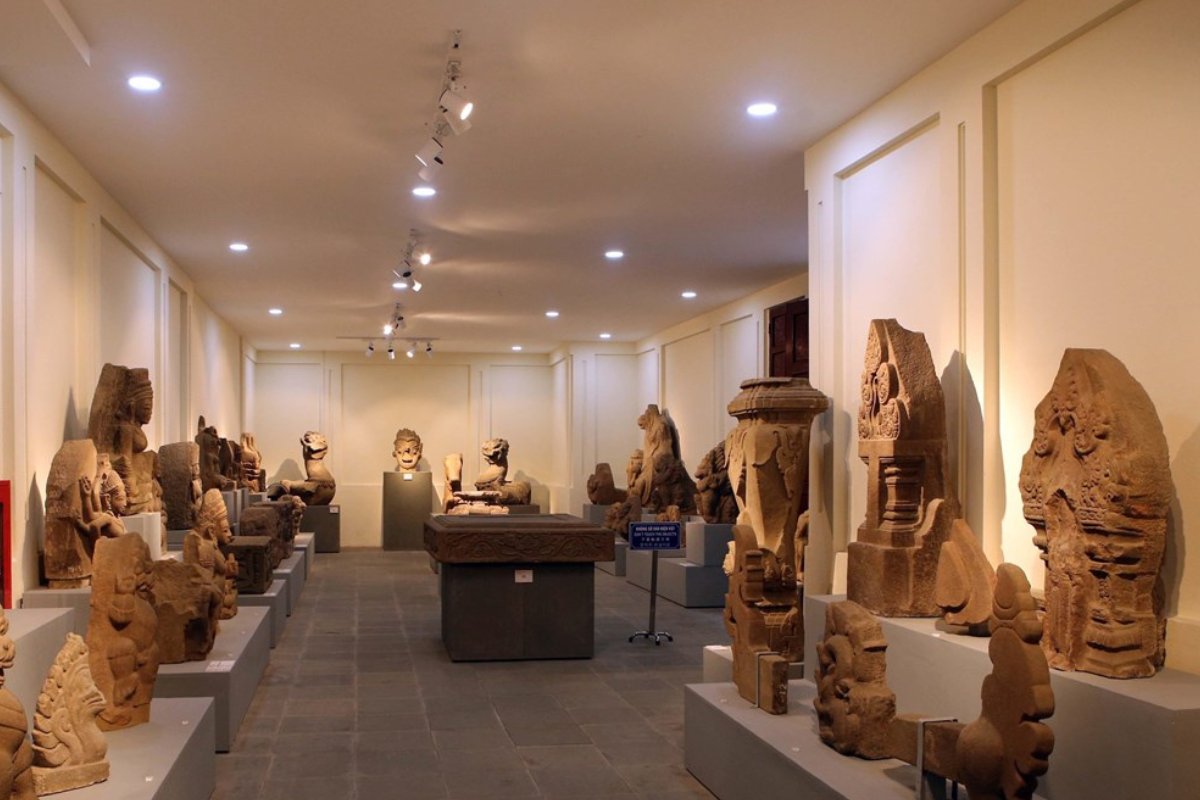
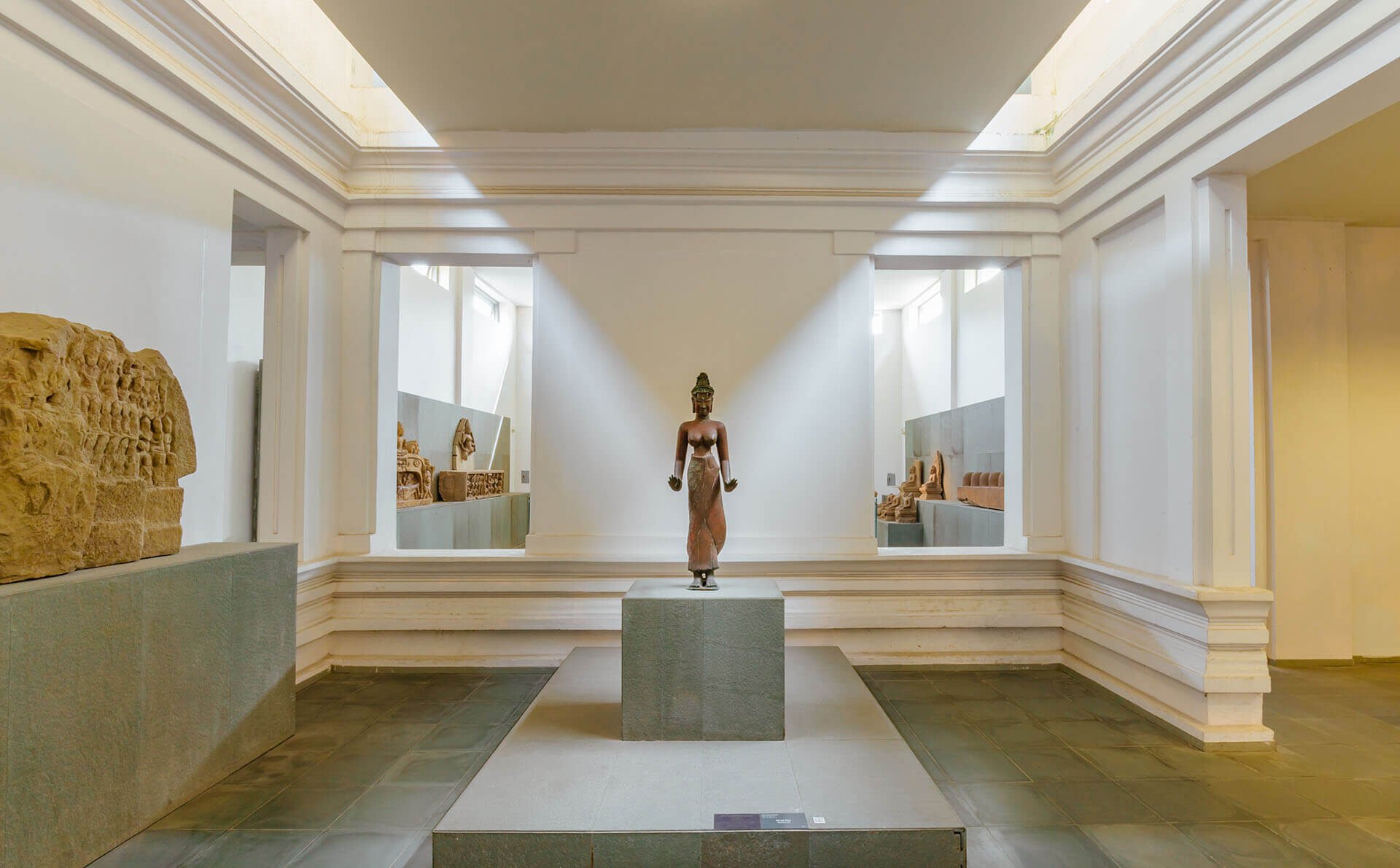
![[Photo] Closing of the 13th Conference of the 13th Party Central Committee](https://vphoto.vietnam.vn/thumb/1200x675/vietnam/resource/IMAGE/2025/10/08/1759893763535_ndo_br_a3-bnd-2504-jpg.webp)





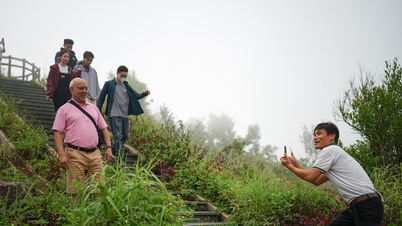























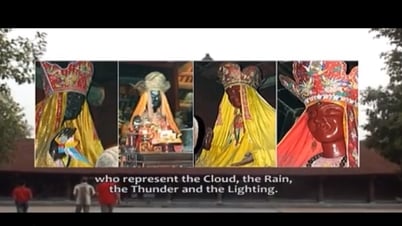




















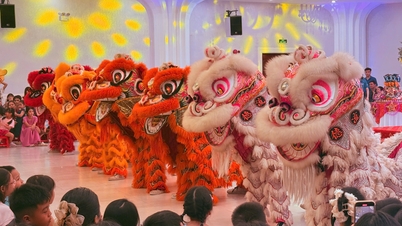








































Comment (0)